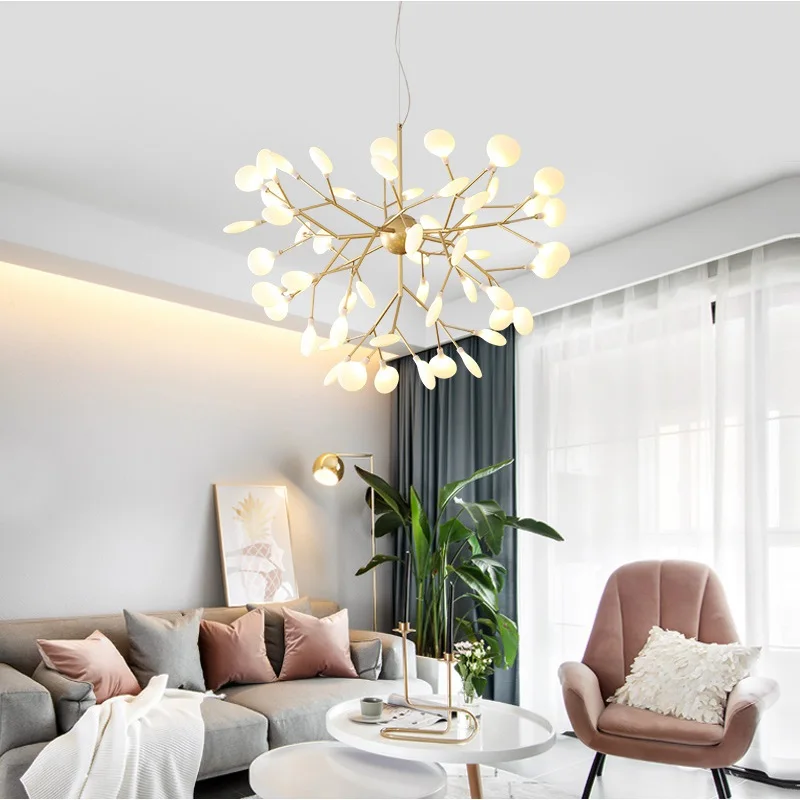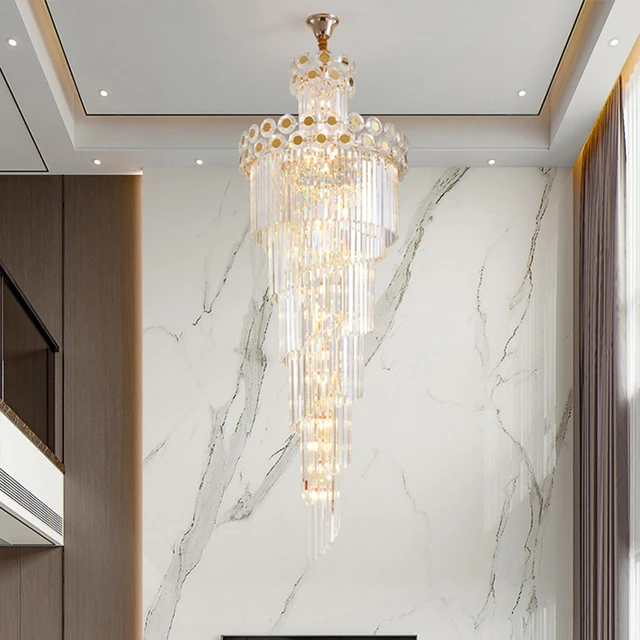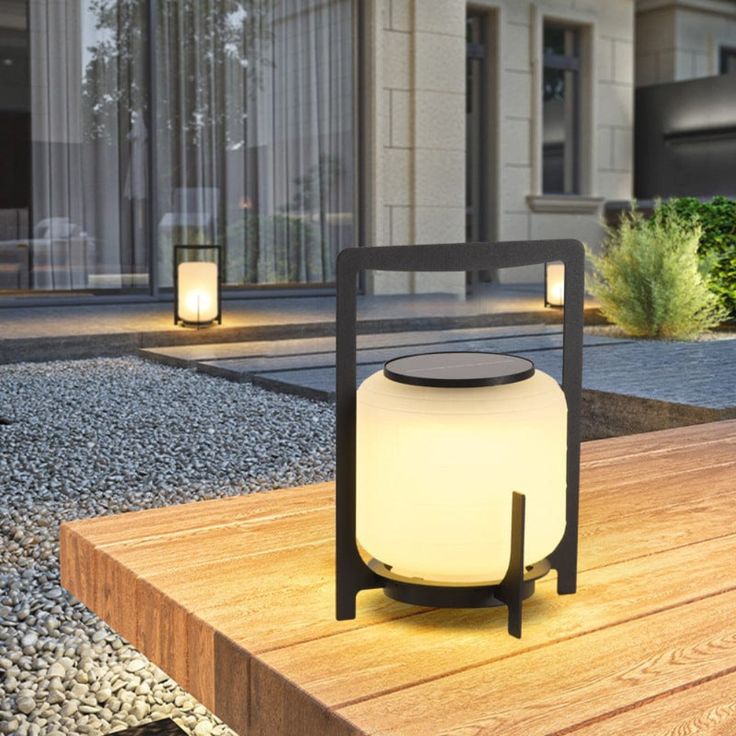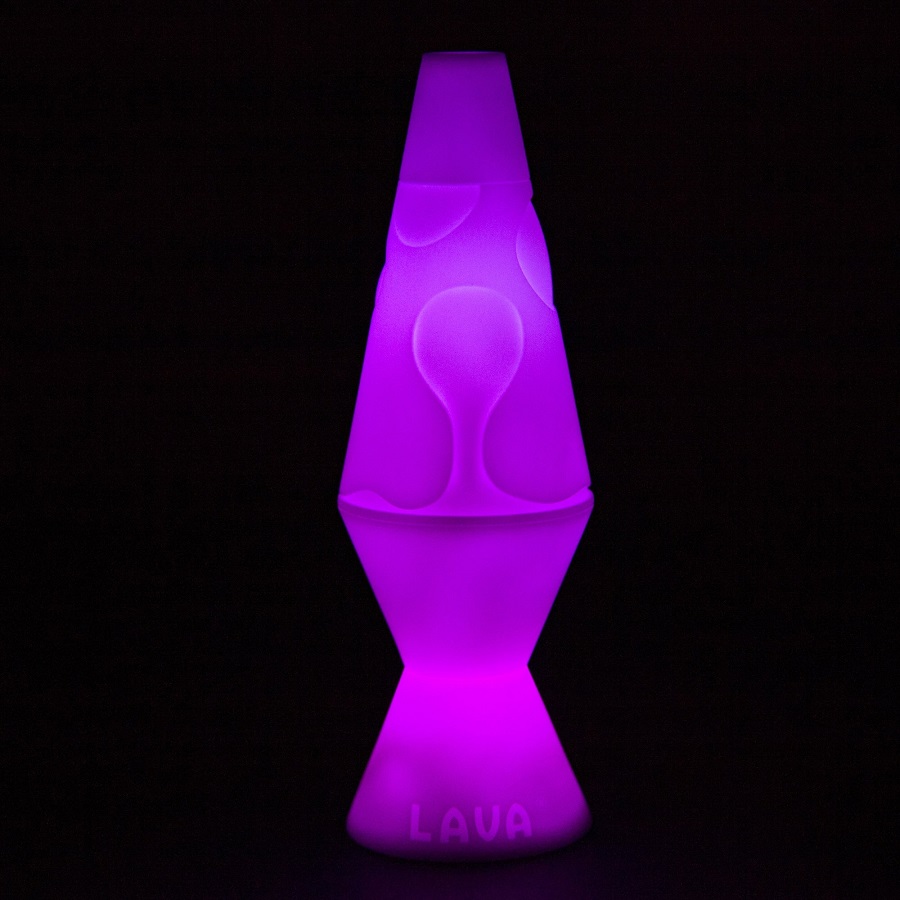 Introduction:
Introduction:
Hanging a chandelier over a dining table is not only a functional lighting solution but also an opportunity to enhance the style and ambiance of your dining space. Achieving the perfect placement is essential to ensure optimal lighting and visual appeal. In this comprehensive guide, we will explore the factors to consider when determining how high to hang a chandelier over a dining table. By understanding these aspects, you can confidently install your chandelier to create a stunning centerpiece for your dining area.
 Here are some common materials and types of chandeliers:
Here are some common materials and types of chandeliers:
Chandeliers come in a variety of materials and styles, allowing you to choose one that matches your decor and personal taste. Here are some common materials and types of chandeliers:
Crystal:
Crystal chandeliers are timeless and elegant. They feature crystal or glass prisms and pendants that reflect and refract light beautifully. Crystal chandeliers can be made from various types of crystals, such as Swarovski crystals, which are known for their exceptional clarity and brilliance.
Glass:
Are versatile and can be made from various types of glass, including Murano glass, blown glass, or stained glass. Glass chandeliers offer a wide range of styles and designs, from classic to contemporary.
Metal:
Metal chandeliers are durable and come in various finishes, including brass, bronze, nickel, and chrome. They can feature intricate metalwork or sleek modern designs. Metal chandeliers are popular for both traditional and modern decor styles.
Wood:
Wood chandeliers add a rustic or natural touch to a space. They can feature wooden frames or incorporate wooden elements in combination with other materials, like metal or glass. Wood chandeliers are often used in farmhouse-style or rustic decor.
Crystal and Metal Combination:
Some chandeliers combine crystal or glass elements with a metal frame or structure. These hybrid designs offer a blend of elegance and strength, creating a captivating visual appeal.
Contemporary and Modern:
Contemporary and modern chandeliers often feature minimalist designs, clean lines, and unique shapes. They can be made from various materials like metal, glass, or even organic materials like fabric or plastic.
Traditional and Vintage:
Traditional and vintage chandeliers are characterized by intricate details, ornate designs, and classic forms. They can be made from crystal, glass, or metal, and often feature elements like candle-style lights or decorative accents.
Custom and Unique:
In addition to the standard materials, custom and unique chandeliers can combine various materials, such as fabric, ceramic, porcelain, or even unconventional objects. These chandeliers offer a one-of-a-kind statement piece for your space.
When choosing a chandelier, consider the size, scale, and style of your room, as well as the intended ambiance and lighting needs. Each material and type of chandelier brings its own charm and aesthetic, allowing you to find a perfect match for your decor and create a stunning focal point in any room.
 Factors to Consider When Determining Chandelier Height
Factors to Consider When Determining Chandelier Height
Table Size and Shape:
Consider the dimensions and shape of your dining table.
A larger table may require a higher-hanging chandelier, while a smaller table may warrant a lower placement for a balanced look.
Ceiling Height:
Take into account the height of your ceiling.
A higher ceiling may allow for a higher chandelier placement, while a lower ceiling may require a more intimate and closer positioning.
Style and Design:
Consider the style and design of both your chandelier and dining table.
Modern or minimalist designs may call for a lower hanging height, while more traditional or grand chandeliers may require higher placement.
Guidelines for Hanging a Chandelier over a Dining Table
General Rule:
A common rule of thumb is to hang the chandelier so that its bottom is approximately 30 to 36 inches above the table surface.
This distance provides ample room for the chandelier to make a statement while maintaining a comfortable and cohesive visual connection with the table.
For Higher Ceilings:
If you have high ceilings, you can consider hanging the chandelier slightly higher, around 36 to 40 inches above the table.
This placement maintains the proportionality between the chandelier and the room, ensuring it doesn’t overwhelm the space.
For Lower Ceilings:
In cases of lower ceilings, you may need to hang the chandelier closer to the table, around 28 to 32 inches above the surface.
This lower placement creates a more intimate and cozy atmosphere, while still providing sufficient illumination.
Adjustments Based on Chandelier Shape and Size
Round or Linear Chandeliers:
For round or linear chandeliers, center the fixture over the table and follow the general guidelines for height placement.
Ensure that the width of the chandelier is appropriate for the width of the table, leaving enough space for individuals seated at the table.
Large or Statement Chandeliers:
If you have a large or statement chandelier, ensure that its size doesn’t overpower the table or the room.
Consider the size and scale of the chandelier in relation to the table and adjust the height accordingly.
 Tips for Visual Balance and Practical Considerations
Tips for Visual Balance and Practical Considerations
Visual Balance:
Create visual balance by ensuring the chandelier is proportional to the size of the dining table.
Avoid hanging a small chandelier over a large table or vice versa, as this can lead to an imbalance in the overall aesthetic.
Room Illumination:
Remember that the primary purpose of the chandelier is to provide adequate lighting for dining activities.
Ensure that the chandelier is positioned to evenly illuminate the table, allowing for a comfortable dining experience.
Obstructions and Clearance:
Take into account any obstructions, such as ceiling fans, suspended beams, or cabinets, which may require adjustments in chandelier placement to ensure clearance and safety.
 Conclusion:
Conclusion:
Properly hanging a chandelier over a dining table is essential for both functional and visual reasons. By considering factors such as table size, ceiling height, style, and chandelier shape and size, you can determine the perfect height for your chandelier. Following general guidelines and maintaining visual balance will help create an inviting and stylish dining area. Keep in mind practical considerations such as room illumination and obstructions to ensure a safe and enjoyable dining experience. With careful placement, your chandelier will become the captivating centerpiece that illuminates your meals and enhances the overall ambiance of your dining space.



